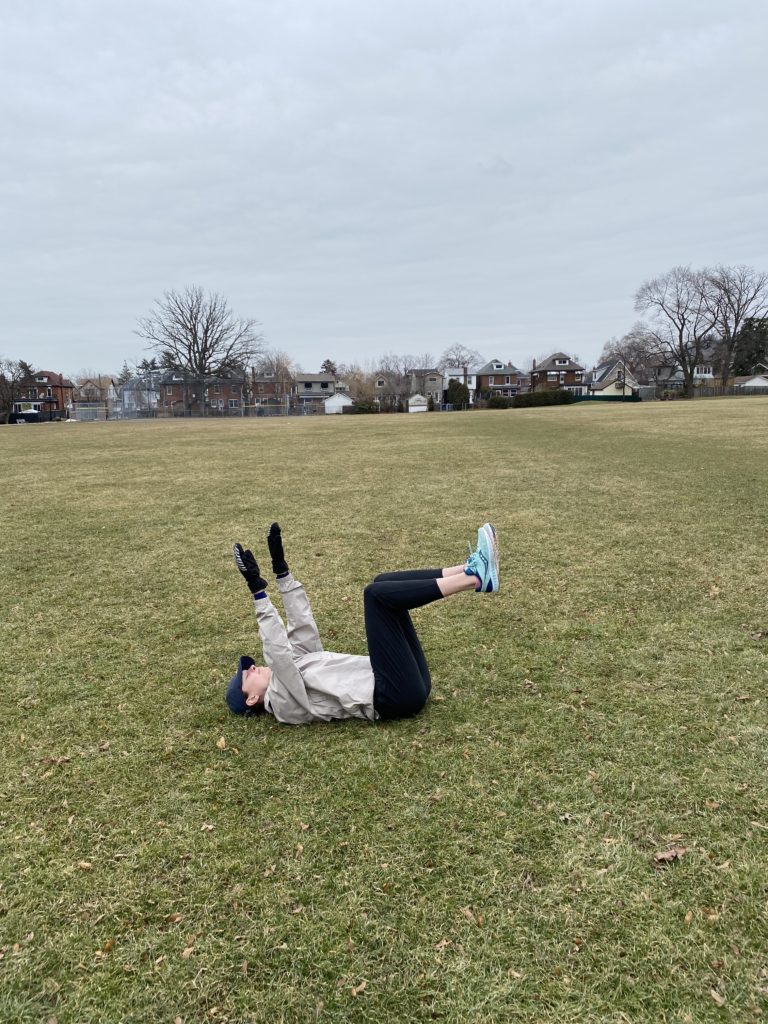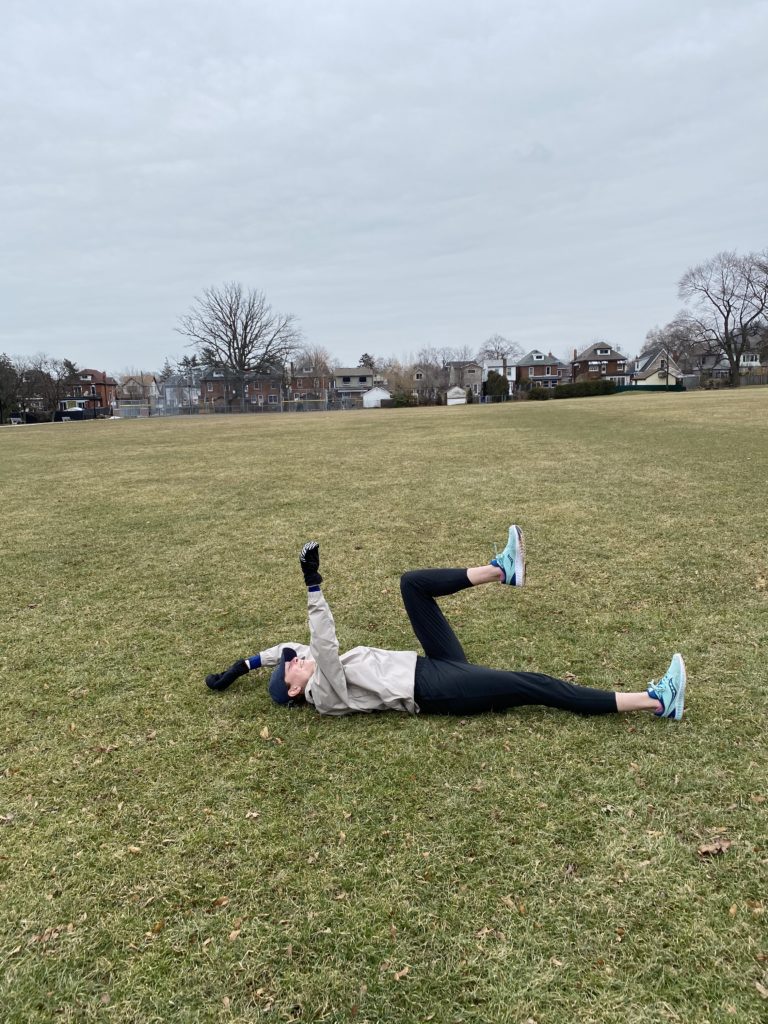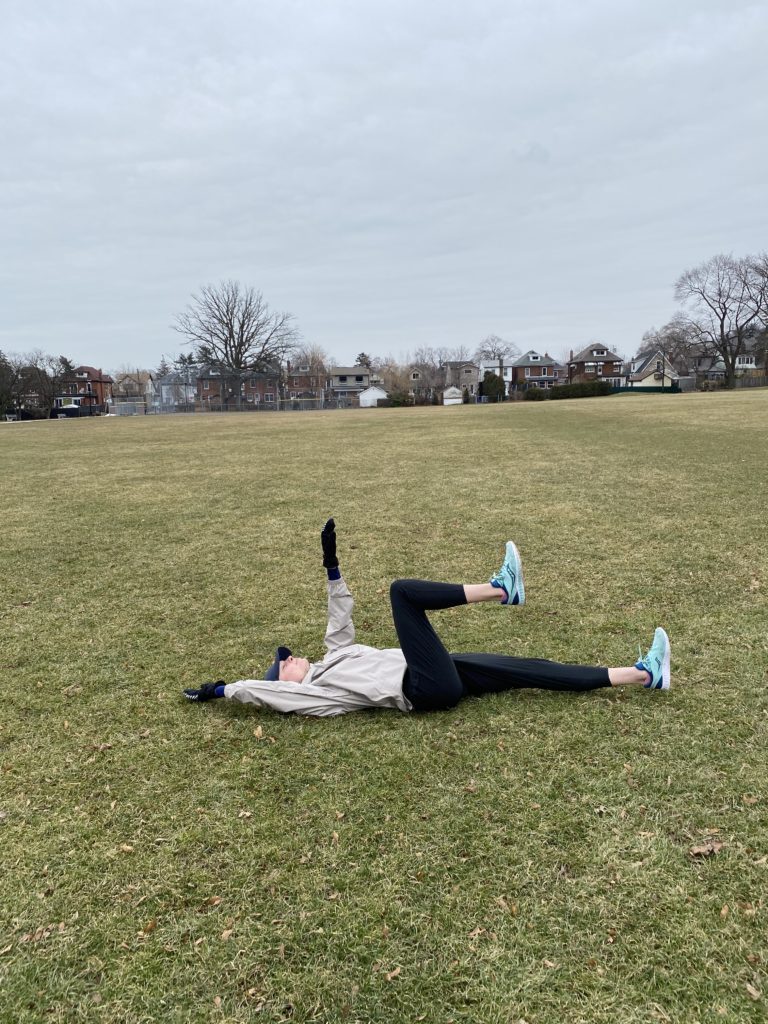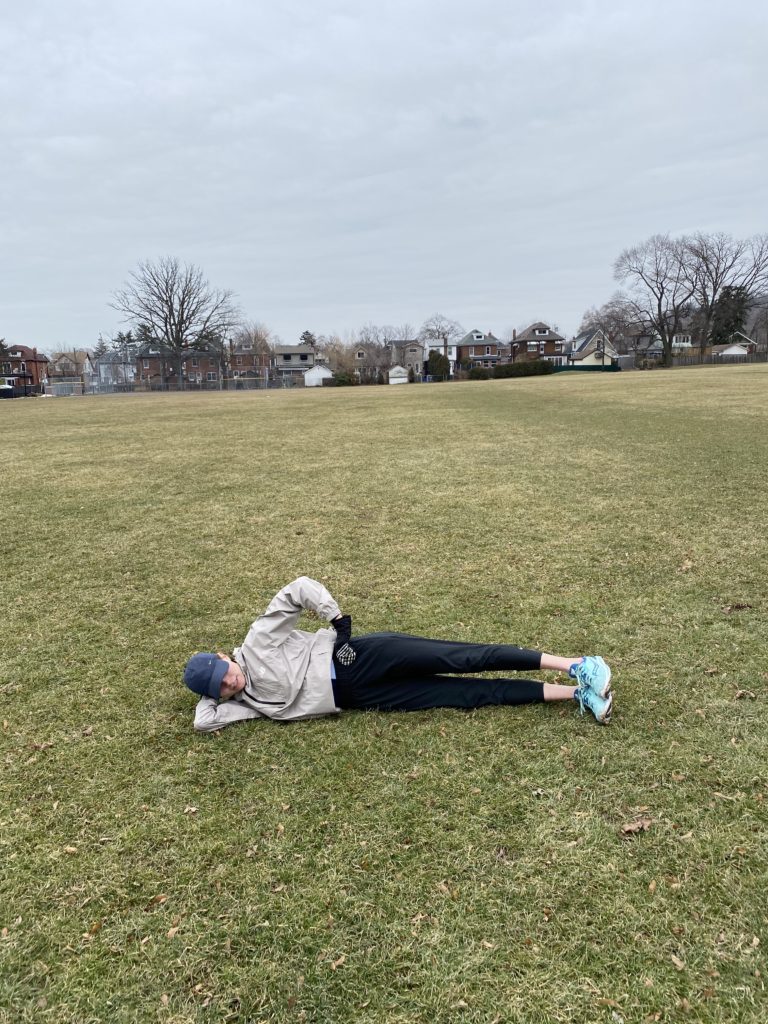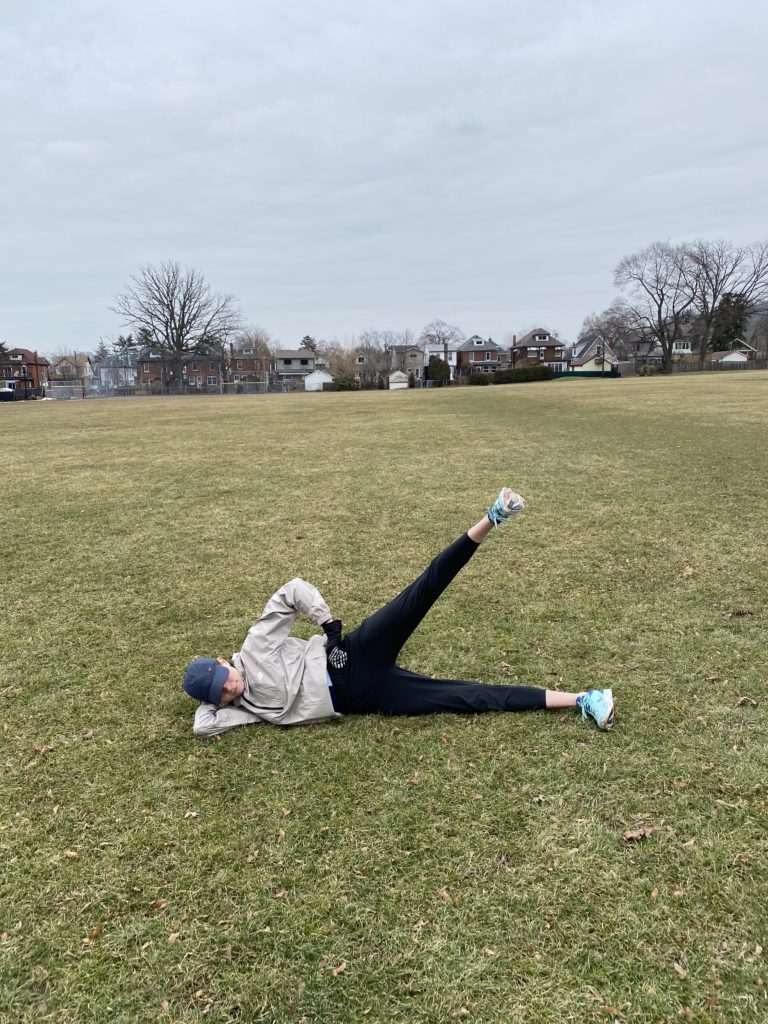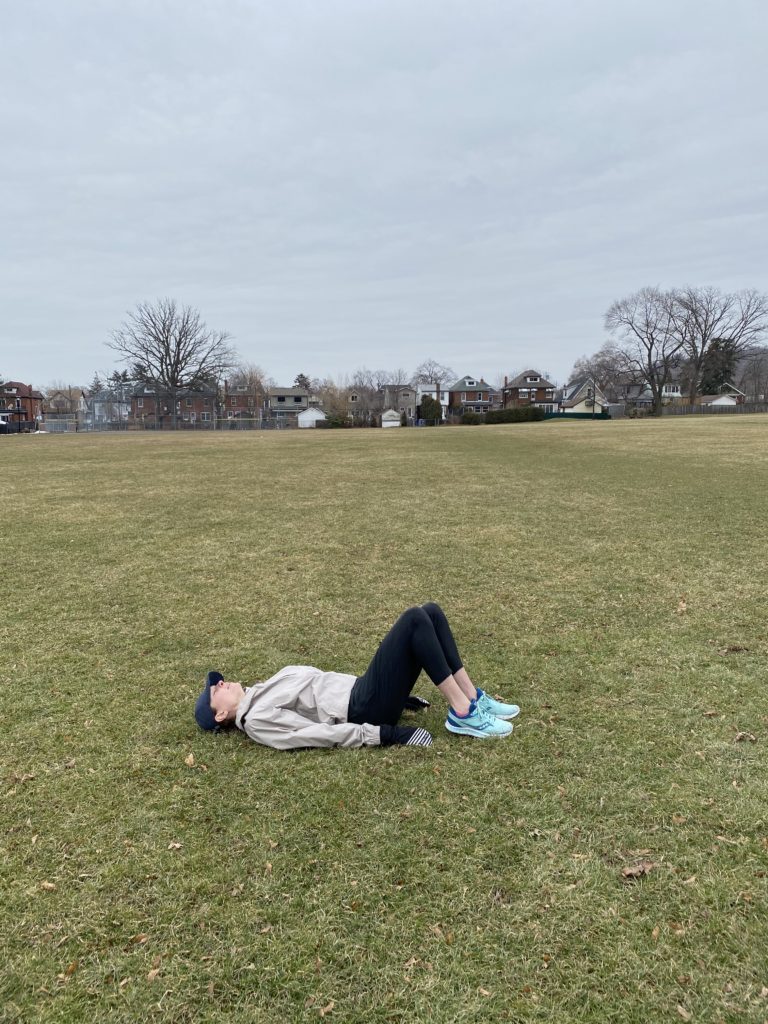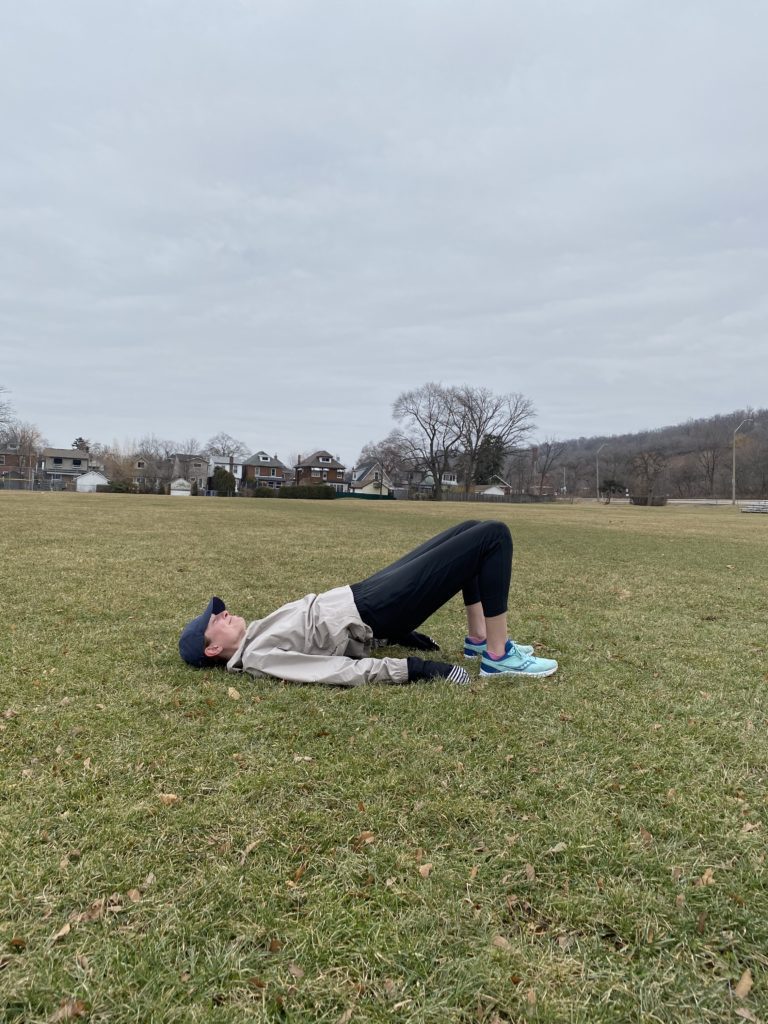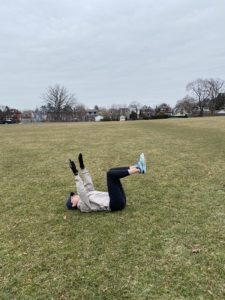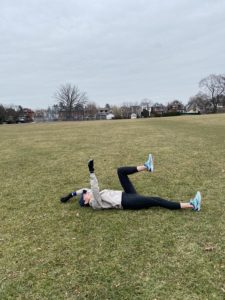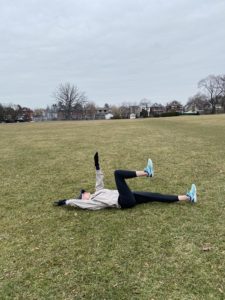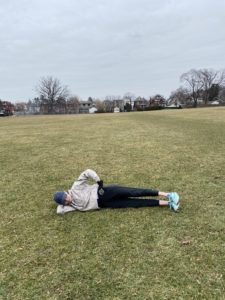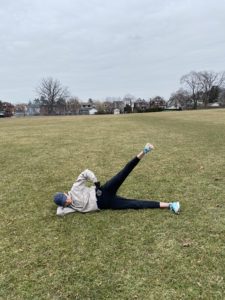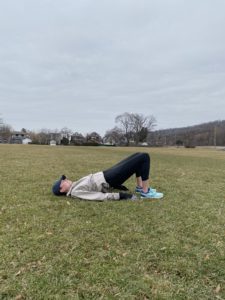5 simple steps to avoid a running injury
Injury prevention at home: your guide to not getting hurt

With many new runners joining the sport and avid runners ramping up their mileage, an emphasis on recovery is more important than ever. Runners are hitting the streets in higher levels that we’ve seen in years, but amidst the new running boom, it’s important to remember to train in a sustainable way. You don’t want to end up injured, now more than ever. Here are the good habits runners can pick up to help avoid injury.
RELATED: The reluctant runner’s guide to learning how to run
Mobilize
Every runner should be doing an activation routine. These are quick neuromusclar routines (about five minutes long) done before any run or weight session that help warm the runner up and get them ready to workout. Jess O’Connell, 2016 Olympian, swears by activation and always does 10 reps of each exercise below before she heads out the door. She explains, “With these exercises I’m not looking to build strength, I’m only looking to warm myself up. But, take your time here and be mindful of what you’re trying to activate. Know the intent of the exercise.”
Moderate mileage
If you’re a new runner, Brittany Moran recommends starting with a minute walk, minute run program. “Alternate walking and running for about 20 minutes. If you want to make your workout a little longer, add five minutes of walking on the end to bring your outing to a total of 30 minutes.”
If you’re an avid runner, maintain your your routine but don’t increase intensity or mileage. You’re not looking to deplete yourself right now, just to stay fit.
Strength sessions
A quick strength session is a great thing to do on off days from running. See the above video of Katelyn Tuohy, one of the most decorated high school runners in American history, who does a strength session with almost no equipment required.
RELATED: Katelyn Tuohy runs insanely fast cross-country race
Self treatment
With running there are always small injuries that pop up along the way. It might be your shins, your plantar fascia or your hamstring that’s a little tight. During a time when you have no access to massage, physio therapy or any kind of treatment, it’s important to take these small injuries seriously (so they don’t become big ones).

Keep your body working well with a daily rolling and post-run stretching session. This only takes a few minutes but makes a world of difference. Even if you don’t have all of the tools, there are household items that work for this as well. If you don’t have bands to stretch your hamstring, use a rope. If you don’t have an acuball to roll out your feet, use a golf ball.
Sleep
Sleeping is like natural doping and one of the easiest ways to stay healthy is to get between seven and nine hours of sleep a night. If it’s hard to get steady sleep at night, a nap is a great way to catch up as well.
RELATED: Tips to heal your running injury as quickly as possible
